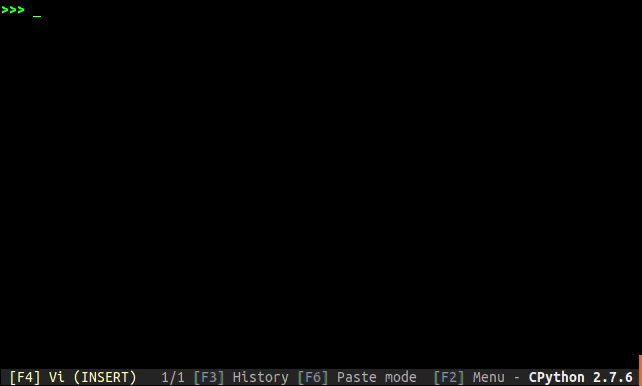
tqdm#
tqdm means "progress" in Arabic (taqadum, تقدّم) and is an abbreviation for "I love you so much" in Spanish (te quiero demasiado).
Instantly make your loops show a smart progress meter - just wrap any iterable with tqdm(iterable), and you're done!
from tqdm import tqdm
for i in tqdm(range(10000)):
...
76%|████████████████████████████ | 7568/10000 [00:33<00:10, 229.00it/s]
trange(N) can be also used as a convenient shortcut for tqdm(range(N)).

It can also be executed as a module with pipes:
$ seq 9999999 | tqdm --bytes | wc -l
75.2MB [00:00, 217MB/s]
9999999
$ 7z a -bd -r backup.7z docs/ | grep Compressing | \
tqdm --total $(find docs/ -type f | wc -l) --unit files >> backup.log
100%|███████████████████████████████▉| 8014/8014 [01:37<00:00, 82.29files/s]
Overhead is low -- about 60ns per iteration (80ns with tqdm_gui), and is unit tested against performance regression. By comparison, the well-established ProgressBar has an 800ns/iter overhead.
In addition to its low overhead, tqdm uses smart algorithms to predict the remaining time and to skip unnecessary iteration displays, which allows for a negligible overhead in most cases.
tqdm works on any platform (Linux, Windows, Mac, FreeBSD, NetBSD, Solaris/SunOS), in any console or in a GUI, and is also friendly with IPython/Jupyter notebooks.
tqdm does not require any dependencies (not even curses!), just Python and an environment supporting carriage return \r and line feed \n control characters.













